Lecture #6: Cultivation of Bacteria II
I. Pure cultures
A. Are cultures that are derived from ____________________ bacterial
cell and thus contain only one species.
B. Are ____________________________________.
1. Most ecological niches harbor __________________________ _________________________________
of microorganisms (ex: ____________________________________)
2. Clinical specimens contain both _________________________
(disease causing) and ____________________________________
microorganisms (e.g. urine samples and throat swabs).
C. Deriving a pure culture is very important because it allows us to ________________________,
characterize, study and, perhaps most importantly, develop ________________________________strategies
to control the microorganism.
II. Techniques used to derive a pure culture:
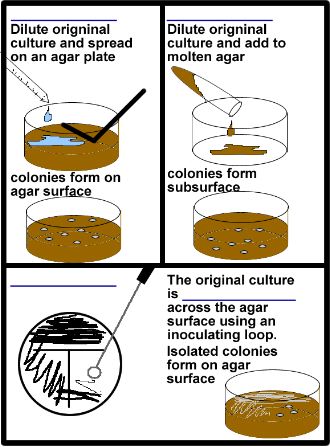
1. It is possible that a single colony on a streak plate could contain a minute level of contamination. Therefore, we _____________ __________________________________ another plate for an “absolutely” pure colony.
Characteristics of a contaminated colony:
a. __________________________________
b. different colors
c. different ________________________ (mucoid on one side and dry on the other)
2. Streak plate demonstration (Be certain to be compentent with the triplet streak technique.)
III. Environmental Influences
A. ___________________________
1. All microorganisms have a temperature range over which they can grow.
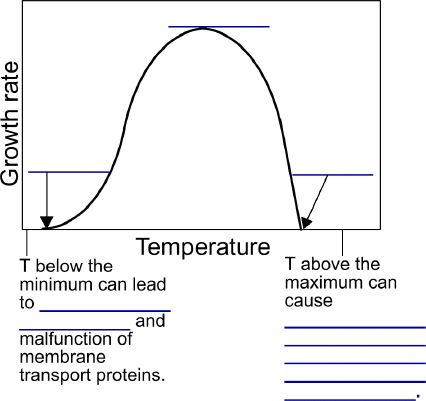
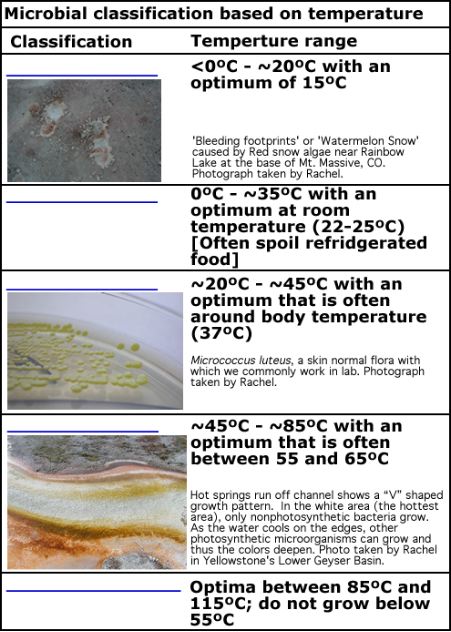
B. Hydrogen ion concentration (pH)
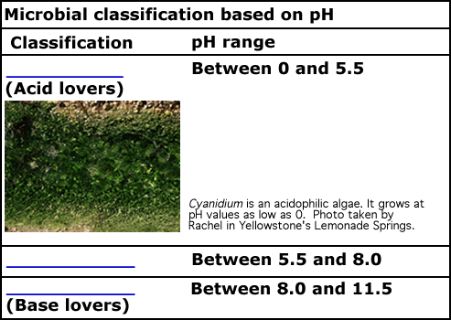
C. Osmotic Pressure and _____________________________________
Osmotic pressure is the force that ______________ exerts on the plasma membrane of an organism. Water moves across the membrane in response to an _______________________________________________ in the environment.
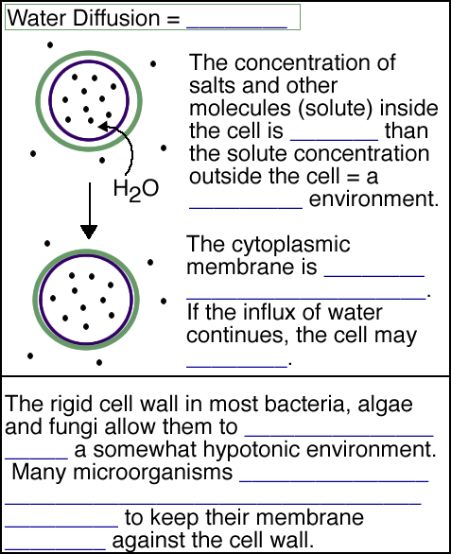
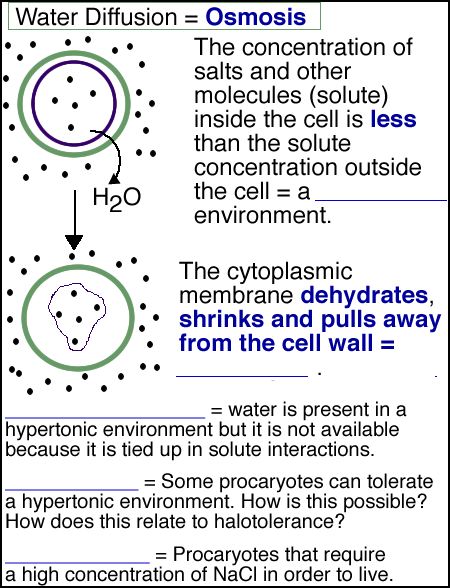
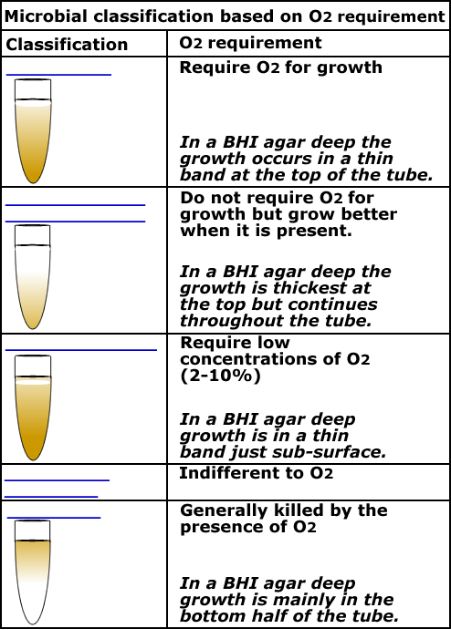
|